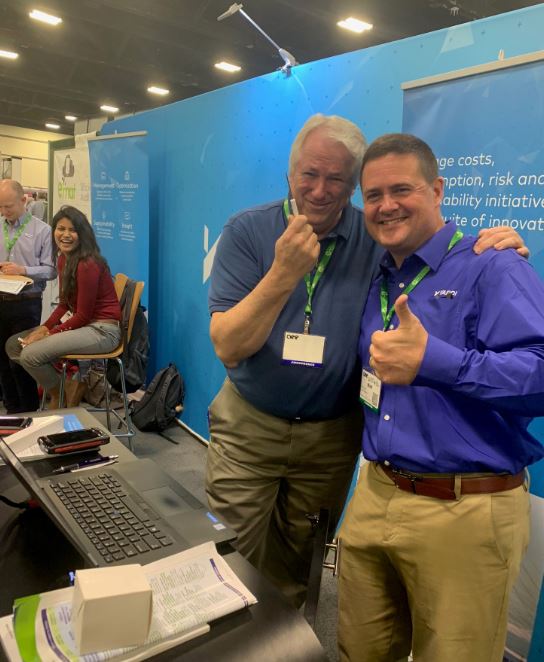Charged Up
ELECTRIC VEHICLES + ENERGY STAR
ENERGY STAR® certifications have gone mobile. Originally geared toward properties and consumer products, the U.S. Department of Energy’s (DOE’s) efficiency program now includes a scoring system for electric vehicle (EV) charging stations. In December 2016, the U.S. Environmental Protection Agency (EPA) finalized its inaugural ENERGY STAR specification for electric vehicle chargers. An ENERGY STAR-certified charging […]

